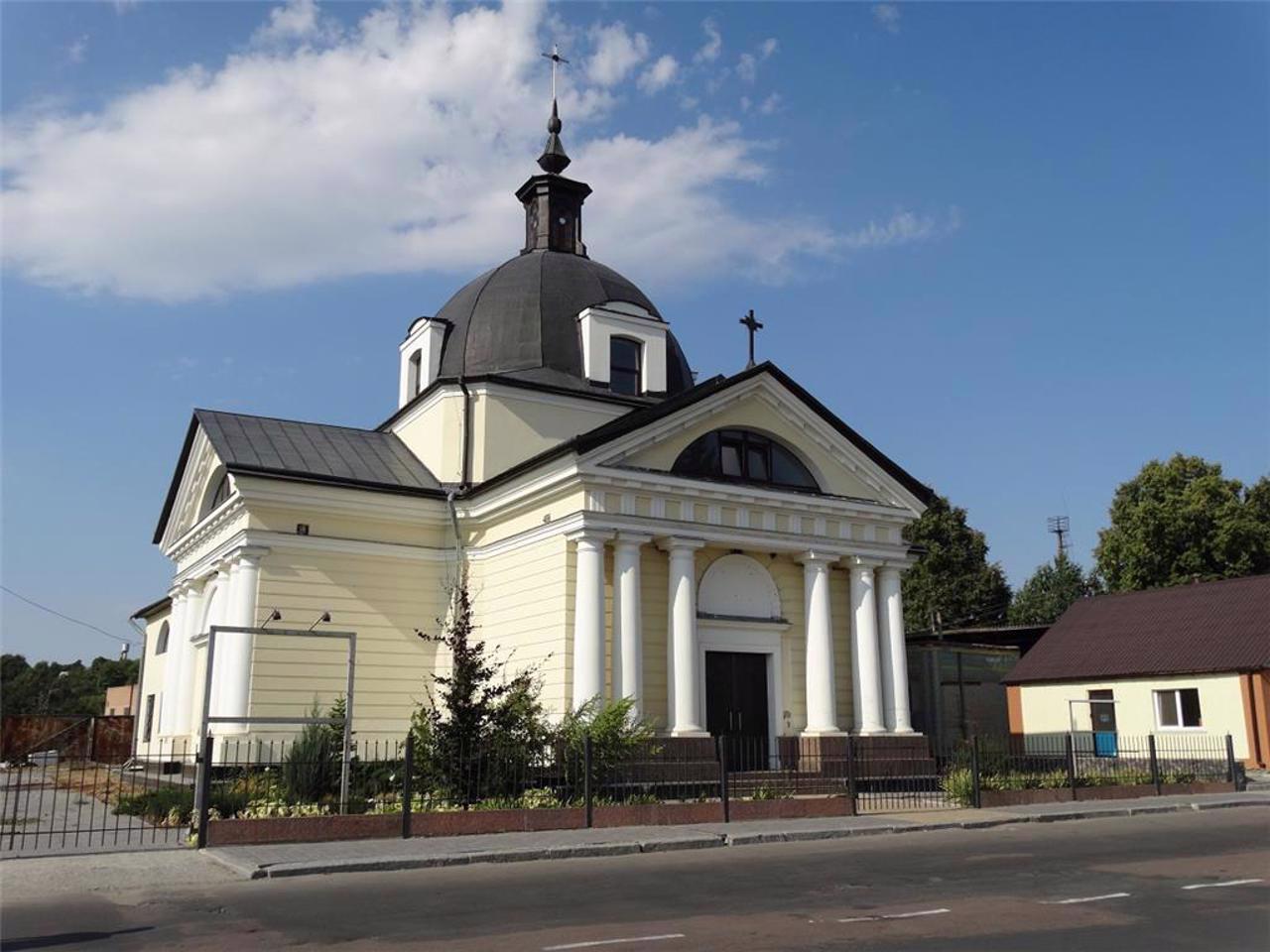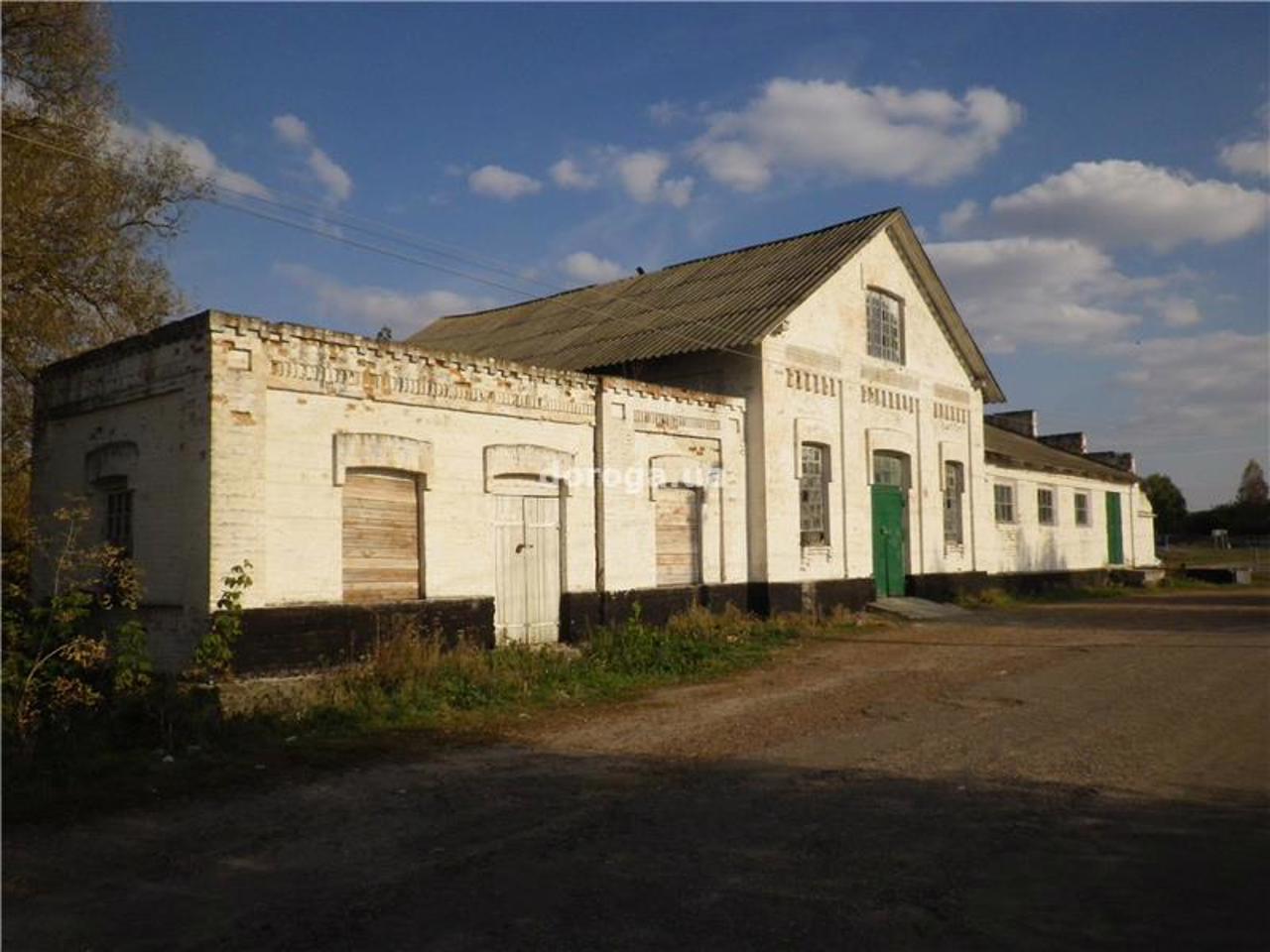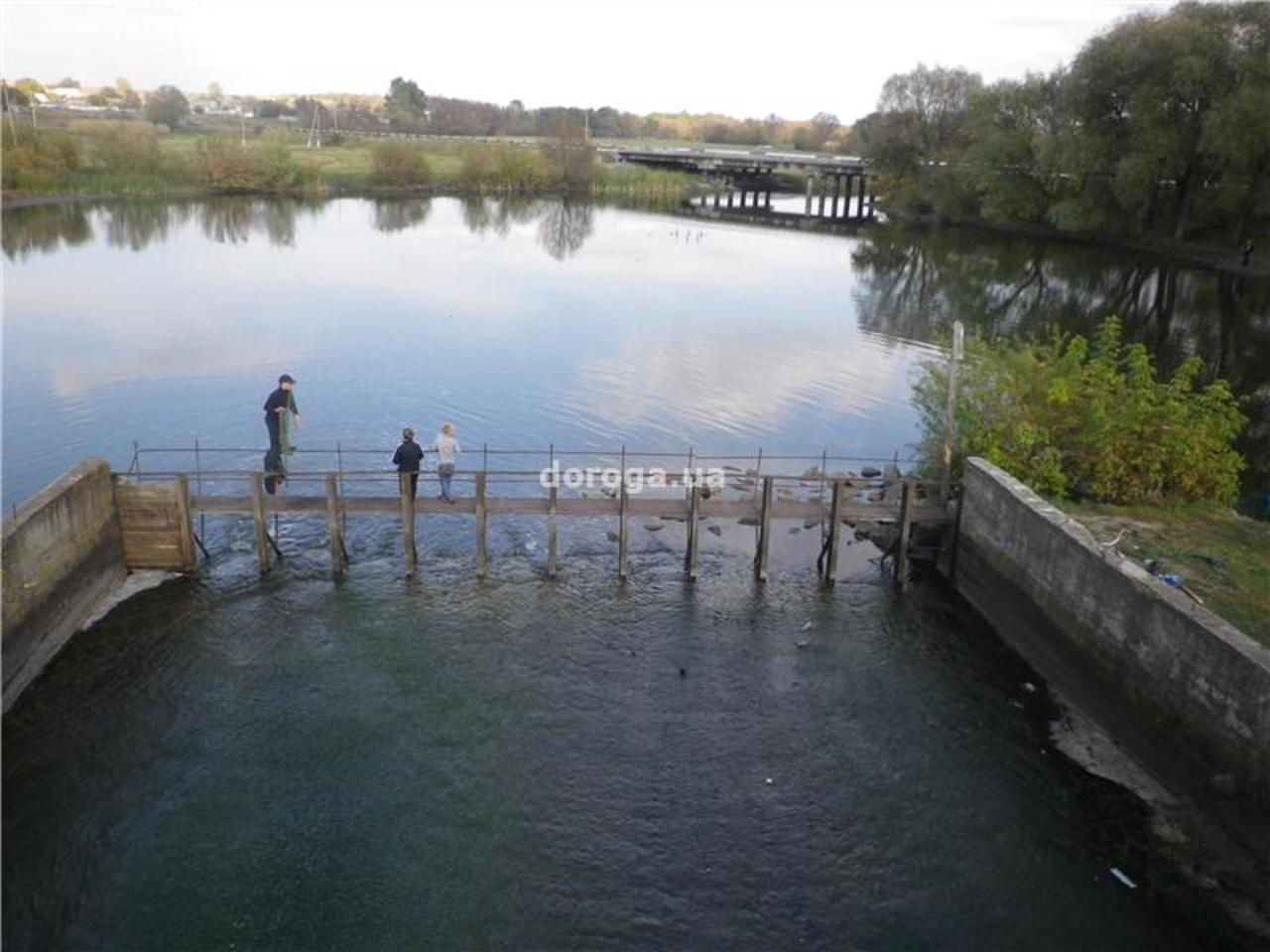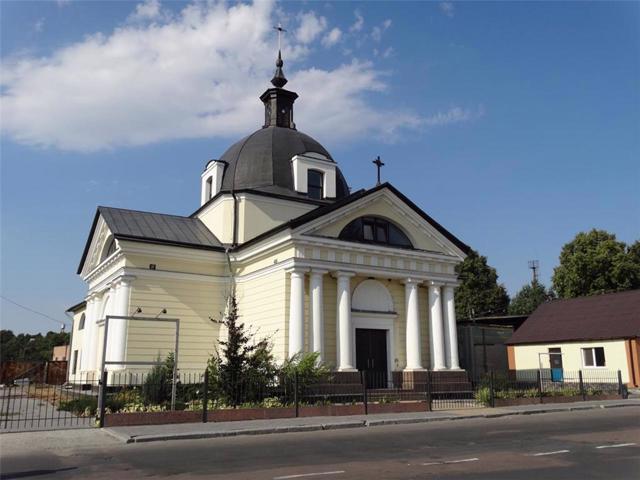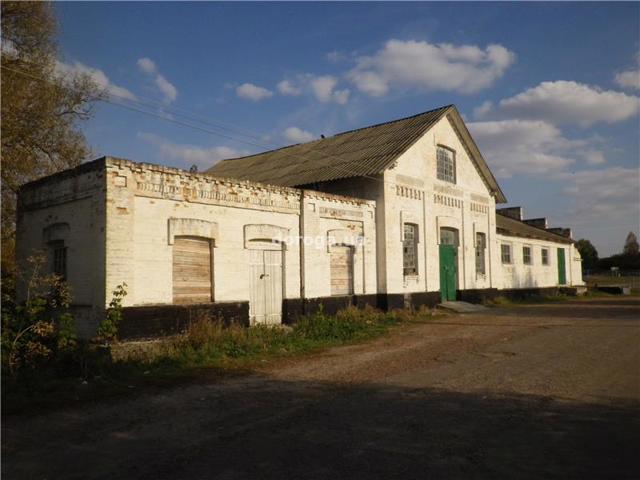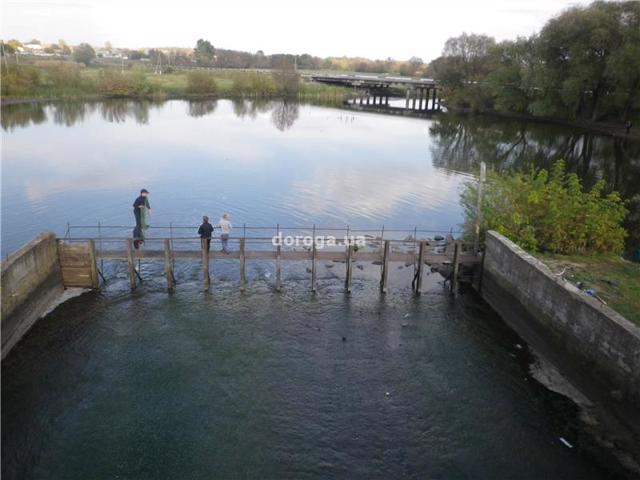Functional temporarily unavailable
General information about Ruzhyn
The town Ruzhyn on the Rostavitsa River is located between Berdychiv and Bila Tserkva, and is administratively part of the Berdychiv District of Zhytomyr Region.
Known since 1071 as Skorhorodok. After the Mongol-Tatar invasion, it was restored under the name Shcherbiv. In 1569, these lands became part of Poland and were gifted by King Stefan Batory to the noble Mykhaylo Ruzhynskyi, who in 1591 renamed Shcherbiv to Novy Ruzhyn. In the first half of the 19th century, Ruzhyn belonged to Countess Emiliya ...
The town Ruzhyn on the Rostavitsa River is located between Berdychiv and Bila Tserkva, and is administratively part of the Berdychiv District of Zhytomyr Region.
Known since 1071 as Skorhorodok. After the Mongol-Tatar invasion, it was restored under the name Shcherbiv. In 1569, these lands became part of Poland and were gifted by King Stefan Batory to the noble Mykhaylo Ruzhynskyi, who in 1591 renamed Shcherbiv to Novy Ruzhyn. In the first half of the 19th century, Ruzhyn belonged to Countess Emiliya Potocka, who married Count Yuzef Kalynovsky, and then Colonel Yevhraf Chelishchev. In 1815-1817, under Count Kalynovsky, the Church of the Holy Body and Blood of Jesus Christ was built, which has survived to this day.
On the territory of the board of the local agricultural cooperative are the ruins of the Chelishchov manor, which in 1856 was sold to Stefaniya-Evelina Yelovetska, the wife of Colonel Antoniy Zlotnytskyi. In 1860, the Zolonytskyi rebuilt a two-story manor house in the Italian style. According to legend, the manor house and the church are connected by an underground passage. There is a water mill (1929) on the old dam across the river.
In the 19th century, a large Jewish community appeared in Ruzhyn - the building of the main synagogue, which was the residence of the influential Hasidic rabbi Israel Ruzhynskyi, and the old Jewish cemetery have been preserved.
Селище Ружин на річці Роставиця розташоване між Бердичевом і Білою Церквою, адміністративно входить до складу Бердичівського району Житомирської області.
Відоме з 1071 року як Скоргородок. Після монголо-татарської навали відновлене під назвою Щербів. В 1569 році ці землі увійшли до складу Польщі і були подаровані королем Стефаном Баторієм шляхтичу Михайлу Ружинському, який в 1591 році перейменував Щербів на Новий Ружин. У першій половині XIX століття Ружин належав графині Емілії Потоцькій, яка вийшла ...
Селище Ружин на річці Роставиця розташоване між Бердичевом і Білою Церквою, адміністративно входить до складу Бердичівського району Житомирської області.
Відоме з 1071 року як Скоргородок. Після монголо-татарської навали відновлене під назвою Щербів. В 1569 році ці землі увійшли до складу Польщі і були подаровані королем Стефаном Баторієм шляхтичу Михайлу Ружинському, який в 1591 році перейменував Щербів на Новий Ружин. У першій половині XIX століття Ружин належав графині Емілії Потоцькій, яка вийшла заміж за графа Юзефа Калиновського, а потім за полковника Євграфа Челіщева. У 1815-1817 роках, при графі Калиновському, був збудований костел Пресвятого Тіла і Крові Ісуса Христа, що зберігся до наших днів.
На території правління місцевого сільськогосподарського кооперативу знаходяться руїни садиби Челіщових, яка у 1856 році була продана Стефанії-Евеліні Єловецькій, дружині полковника Антонія Злотницького. 1860 року Золоницькі перебудували двоповерхову садибу в італійському стилі. За легендою, садибний будинок та костел з'єднані підземним ходом. На старовинній греблі через річку – водяний млин (1929 рік).
У ХІХ столітті в Ружині з'явилася велика єврейська громада – збереглася будівля головної синагоги, яка була резиденцією впливового хасидського рабина Ісраеля Ружинського, а також старий єврейський цвинтар.
Сплануй своє перебування у Ruzhyn
What to see and where to go in Ruzhyn
Tourist attractions and museums of Ruzhyn
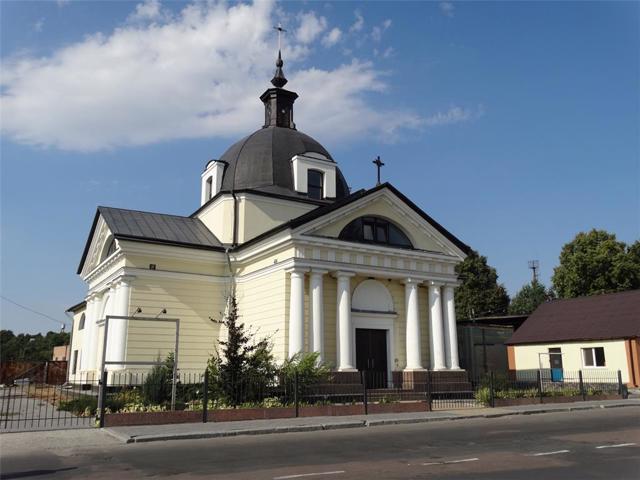
Holy Body and Blood of Jesus Christ Church
Temple , Architecture
The Church of the Holy Body and Blood of Jesus Christ in Ruzhyn was built by Count Kalynovsky in 1815.
According to legend, the church is connected by an underground passage to the landowner's estate.
During the Soviet rule, the shrine was closed, the dome was demolished, and the building was converted into a car repair shop.
In 2000-2008, restoration was carried out at the expense of the Zhebrivskyi family. Currently, the Church of the Holy Body and Blood of Jesus Christ is functioning and is under the guardianship of the Pauline Fathers.
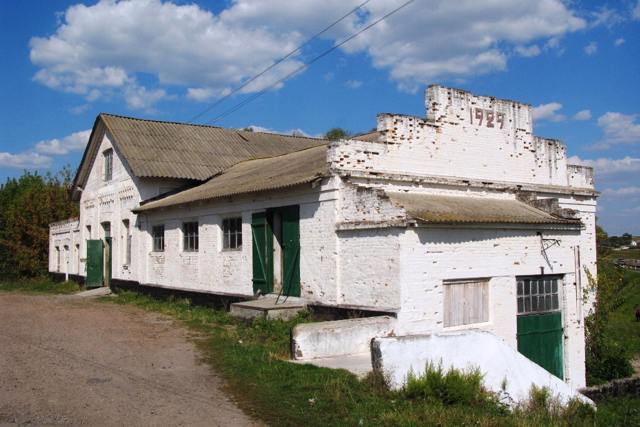
Water Mill
Architecture
The water mill in Ruzhyn is located on a dam across the Rostavytsya River between the center of the village and the center of the neighboring village of Zarichchya.
The mill building was built in 1926 as a power station. Later, in 1929, it was expanded as a water mill.
Until recently, the mill was in working condition, although it no longer worked on water power, but on electricity.
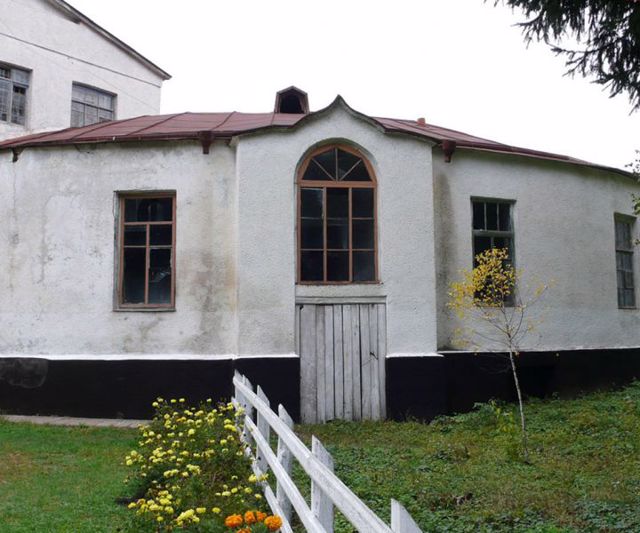
Zlotnytskyi Manor
Palace / manor
The manor in Ruzhyn was built in the 19th century by the landowner Chelishchev. In 1856, it was bought from the hammer by landowner Antoniy Zlotnytskyi.
The palace was characterized by contemporaries as magnificent, but now its appearance is greatly spoiled by later reconstructions.
On the territory of the Zlotnytsky manor is the board of the Ruzhyn agricultural cooperative.
According to legend, the manor house is connected to the church by an underground passage.
Reviews Ruzhyn
Geographical information about Ruzhyn
| {{itemKey}} | {{itemValue}} |
|---|---|
| Region |
Zhytomyr |
